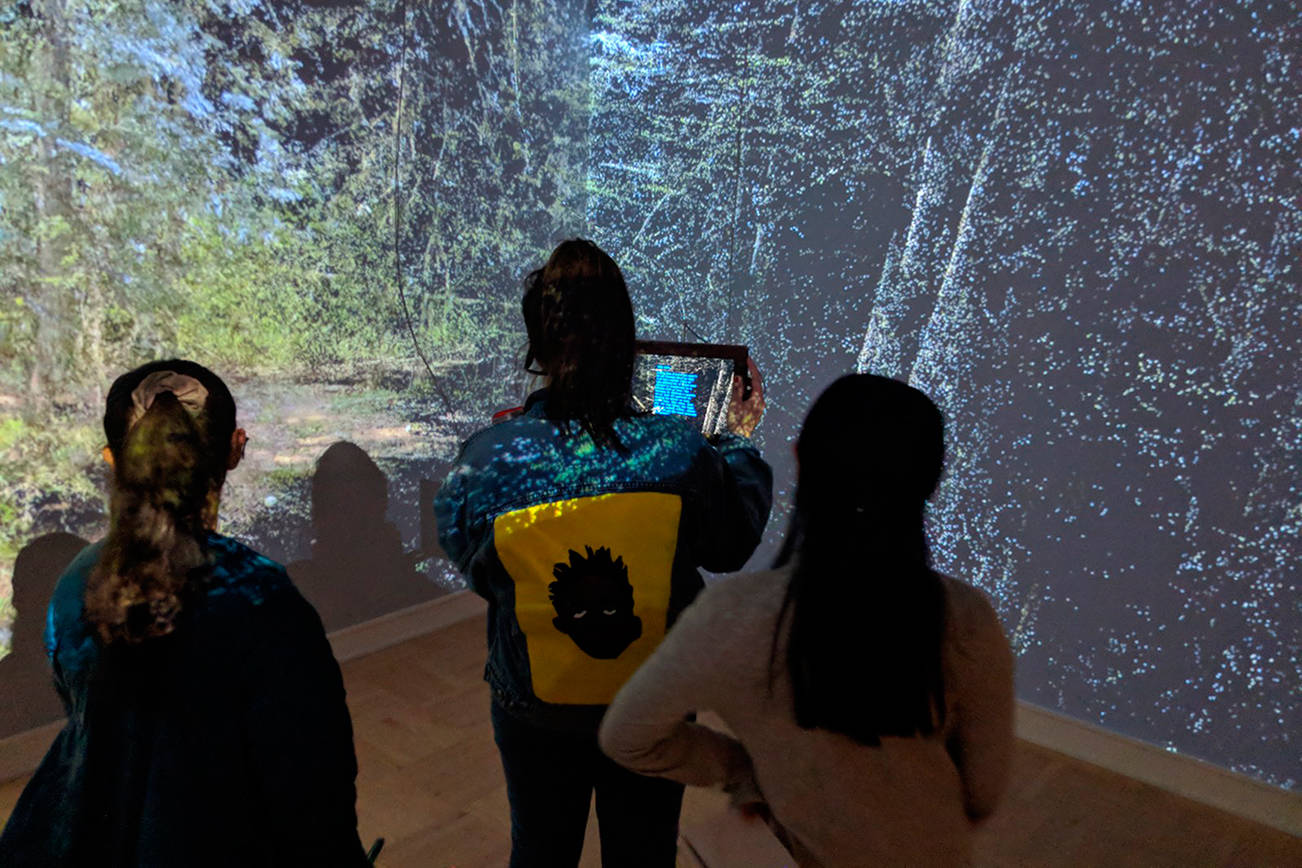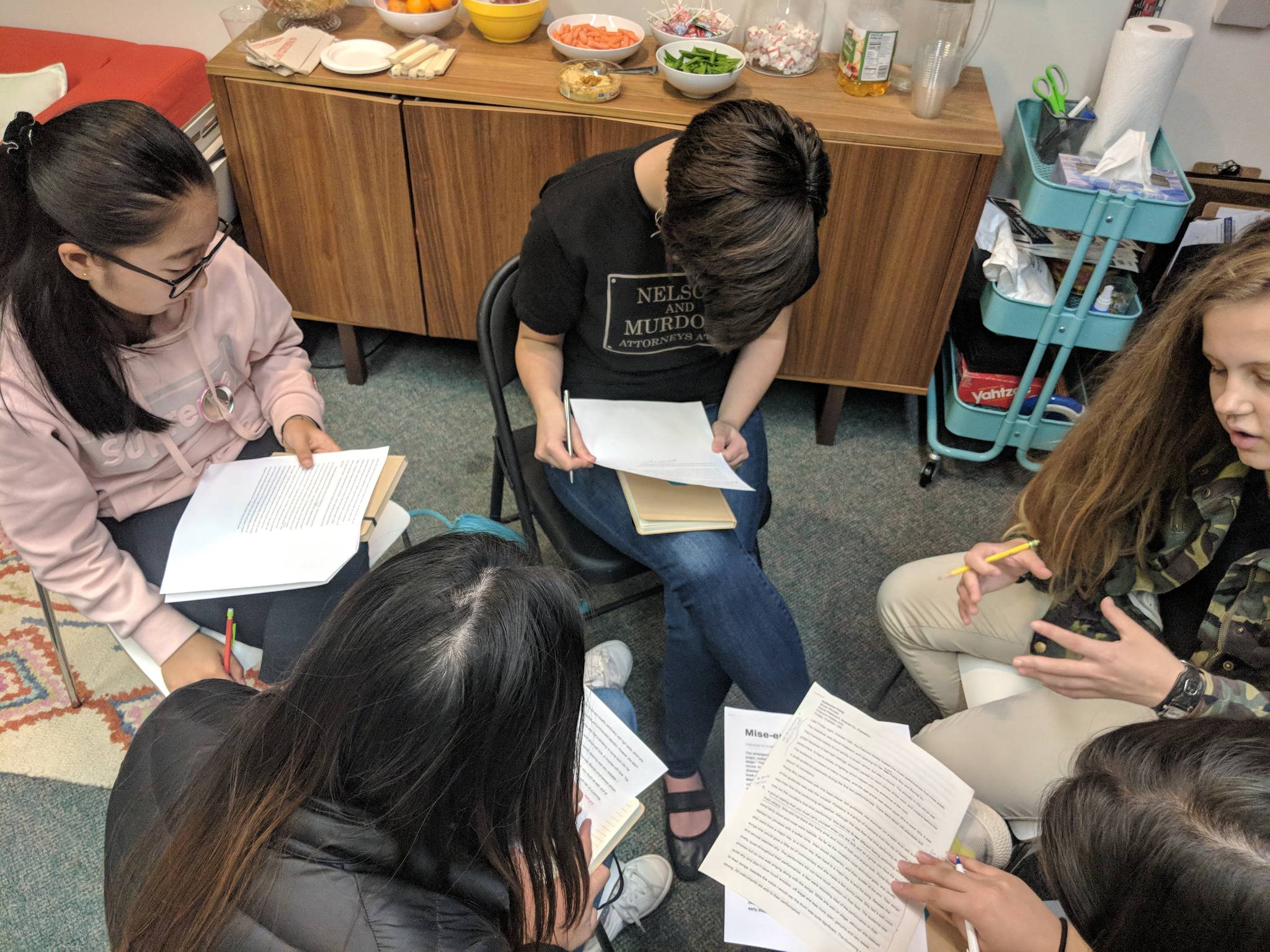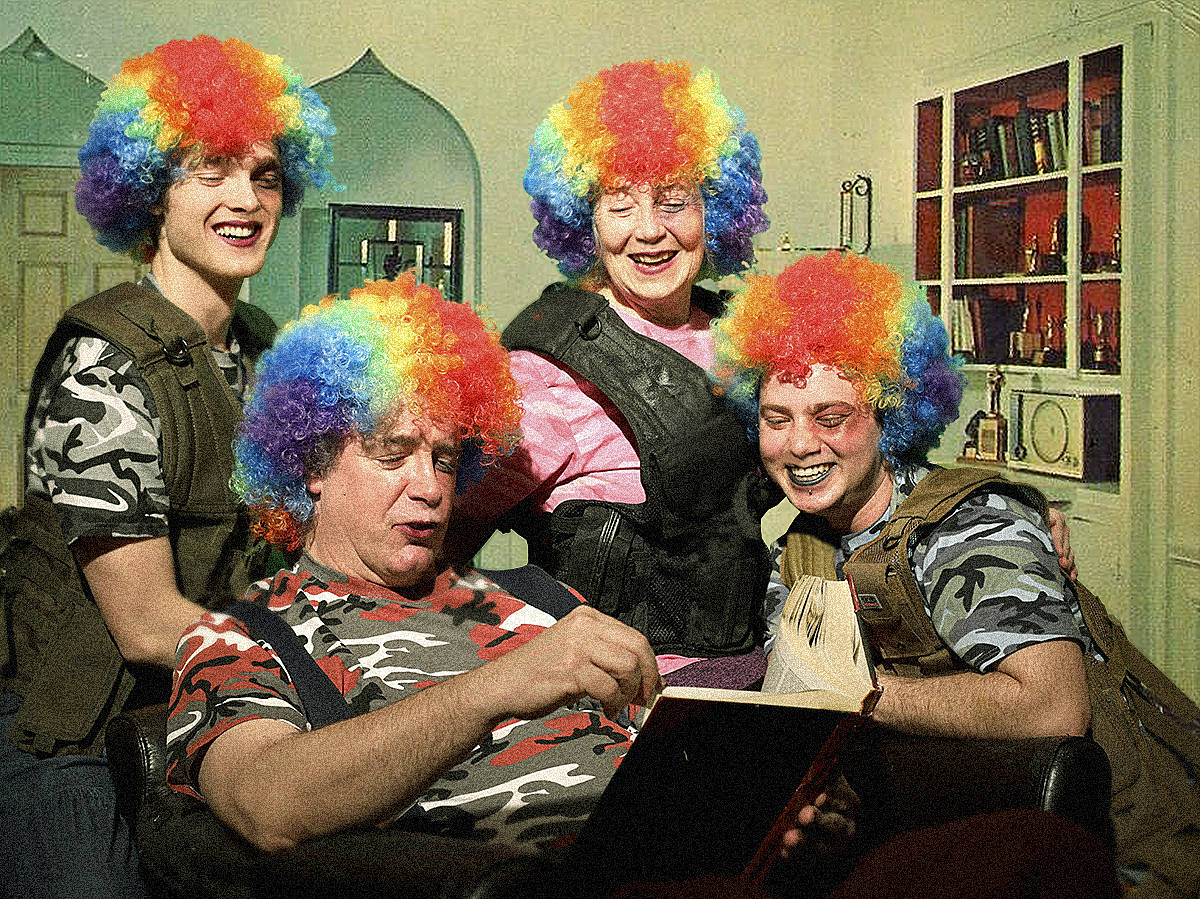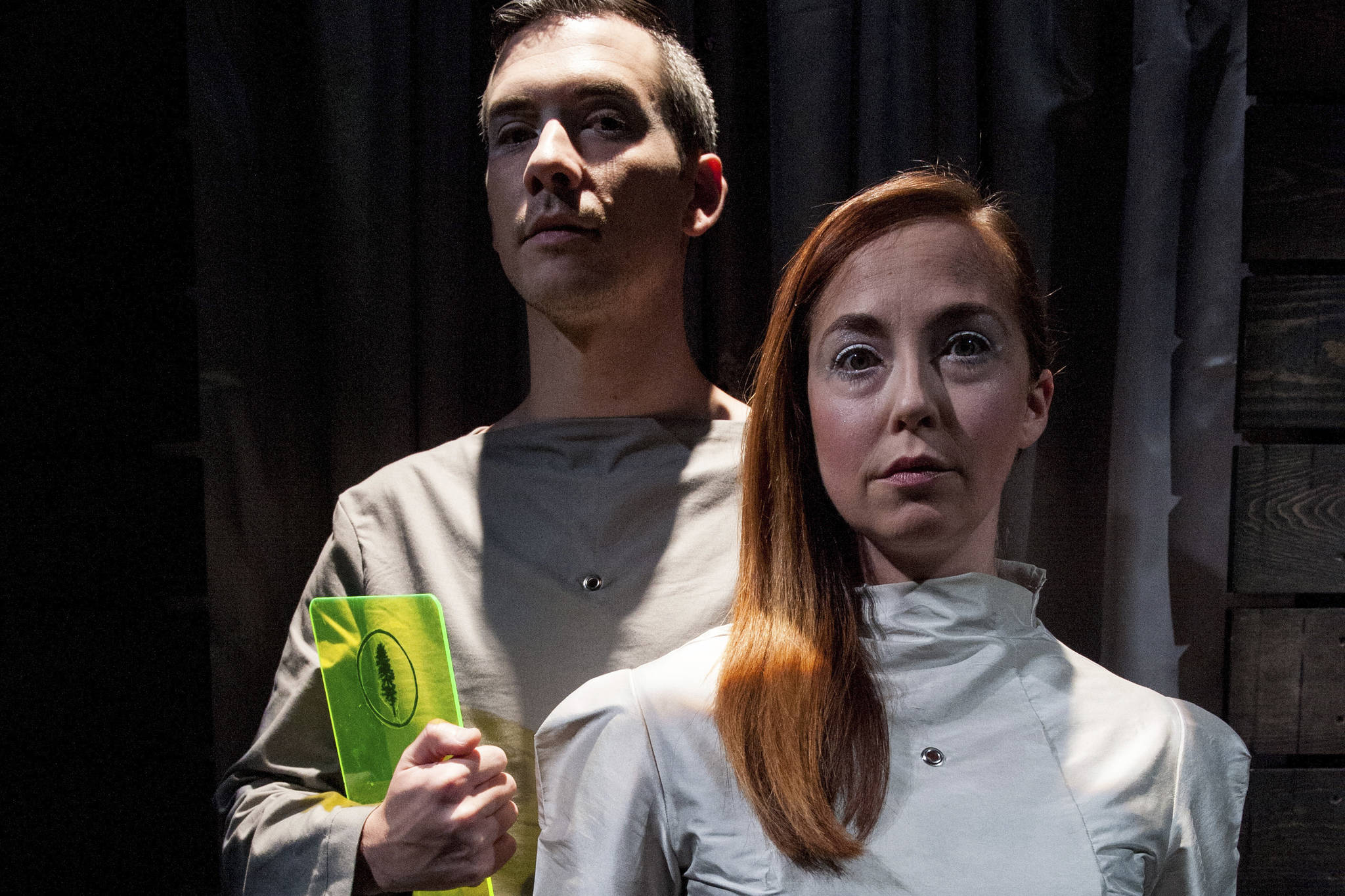Recently, the question “Where are all the theater critics?” has become increasingly present. I’ve noticed this query on Facebook groups, in articles by national news outlets, and in discussions with other local theater critics. One local nonprofit, TeenTix, which makes Seattle’s arts scene more accessible to teens via cheap tickets, is taking this question head-on. Its answer? Youth.
Through its Press Corps Intensive (PCI) program, TeenTix is fostering the next generation of Seattle arts critics. The program empowers teens to thoughtfully engage in the Seattle arts and performance scene. Through a series of workshops on arts criticism, PCI prepares teens to enter the professional world of arts criticism and fill the apparent void.
Teens apply to be a part of the five-week PCI program on TeenTix.org. As a group, the kids attend shows, write reviews, and meet with local professional arts critics for workshops on the critic’s prospective arts discipline. After edits and discussions, the teens’ work is published on the TeenTix blog. The program was recently revamped to include a more intentional social-justice lens, with a goal (per the TeenTix website) of “disrupting systems of oppression within arts media that have kept marginalized voices out of arts journalism.” The next PCI will be in March, with a focus on theater and dance.
It doesn’t take much time with PCI students to realize they are full of levity and deeply engaged. At orientation each teen was asked to reflect on a recent piece of art. A collective discussion about Crazy Rich Asians, which one participant mentioned, resulted in an in-depth analysis of representation, race, and class. Their capacity to be direct and speak their minds—with perspective from their own experiences and positionality—was both grounding and hopeful.
To do my part to help foster the young writers, I recently co-taught a PCI series. Teaching artists Gayle Clemans (visual art) and Ma’Chell Duma (film and music), program lead Mariko Nagashima, and I collectively developed a curriculum for the young writers. We posed the question: What is the point of theater criticism? Hearing the teens’ perspective was impactful. Ideas varied: documentation of live performance, providing contextual political and/or social commentary, highlighting underrepresented work, educating the audience. It became clear to me that each individual writer possessed a unique perspective on the role of criticism in the arts scene.
Youth are the true barometer for political and social relevance regarding art and performance. They are uniquely tapped into the future of the arts, because they are the future. I am grateful that TeenTix is fighting to include teens in our adult-oriented arts communities. Their voices and perspectives are priceless, and our art will be better, and more relevant, when we listen to what they have to say.









